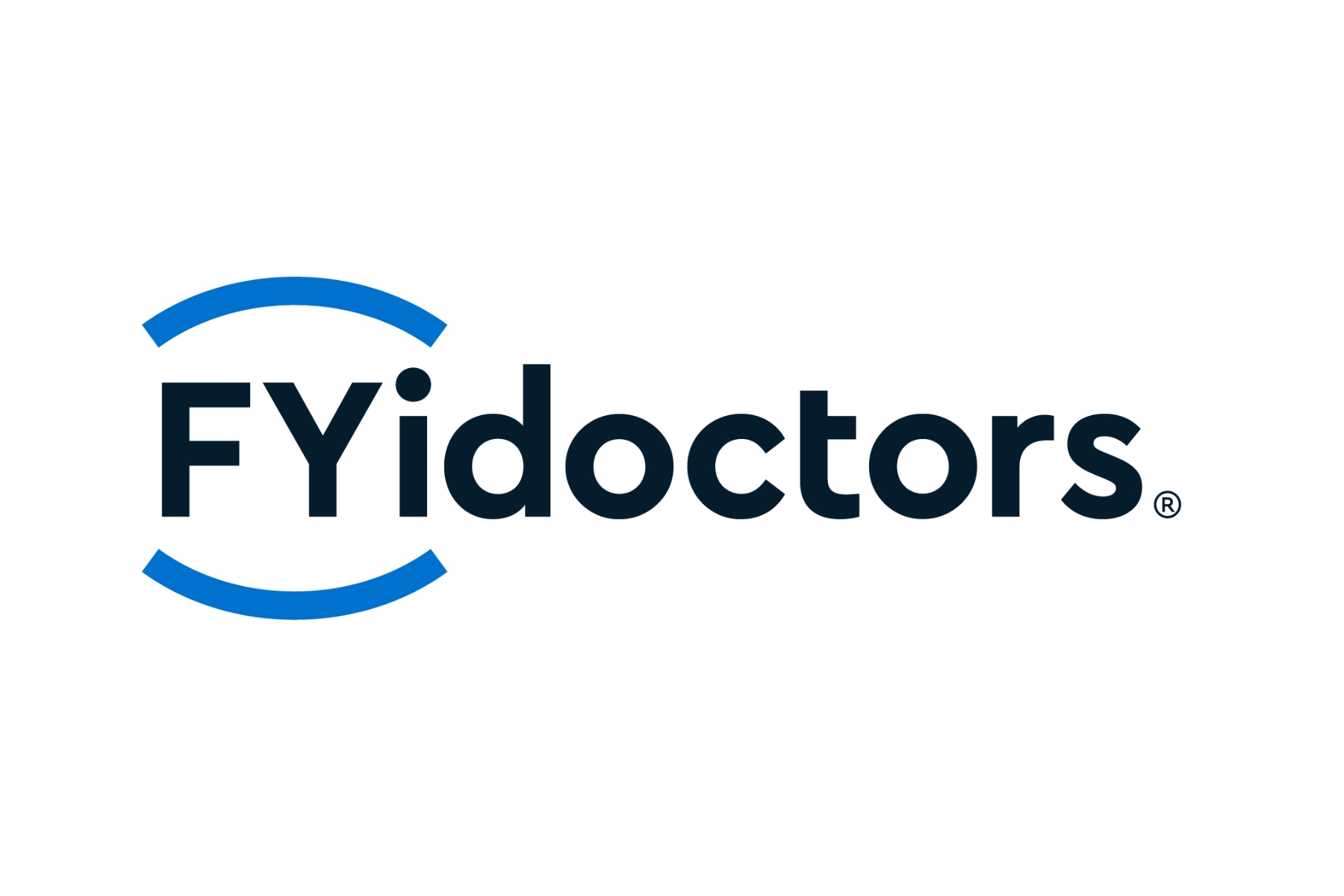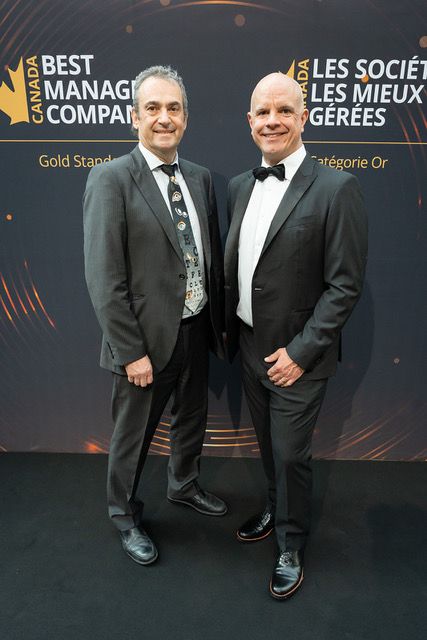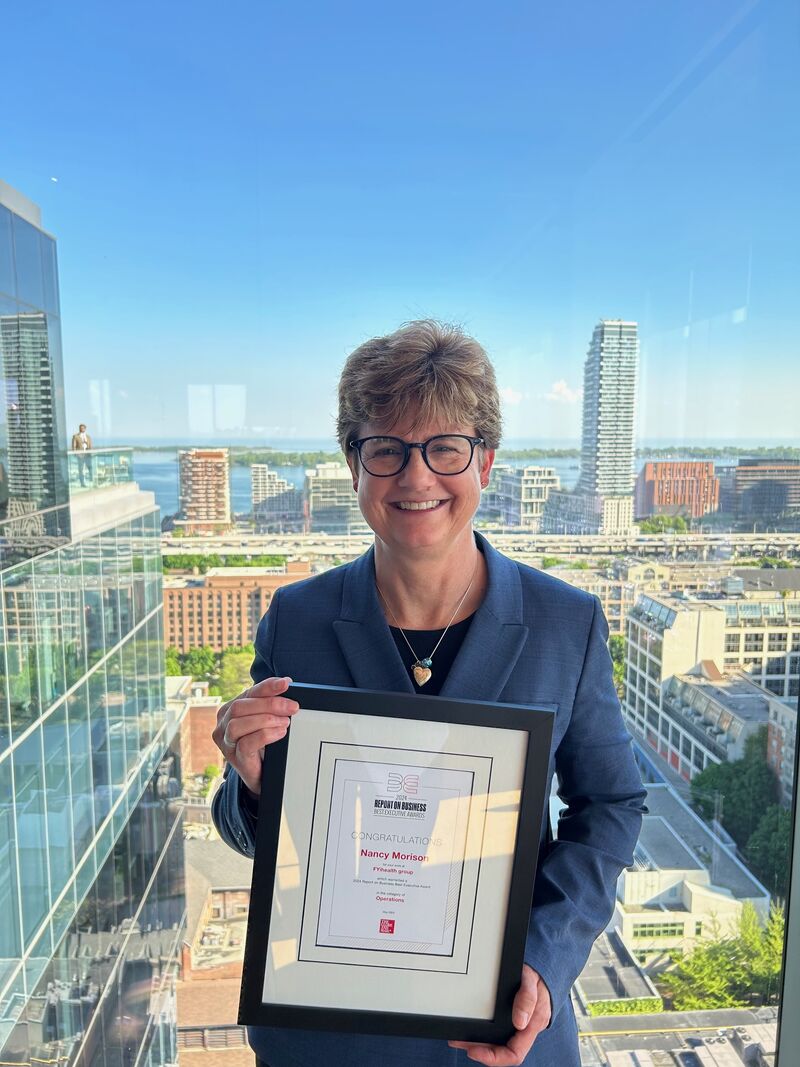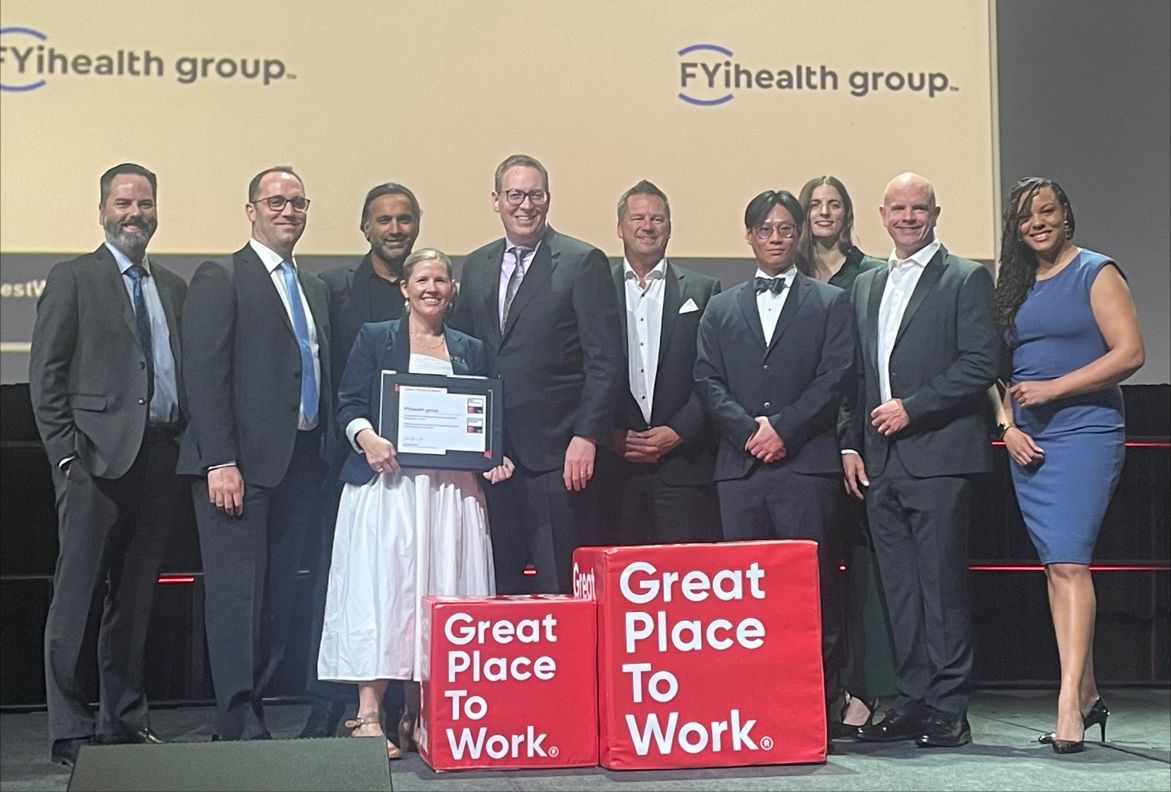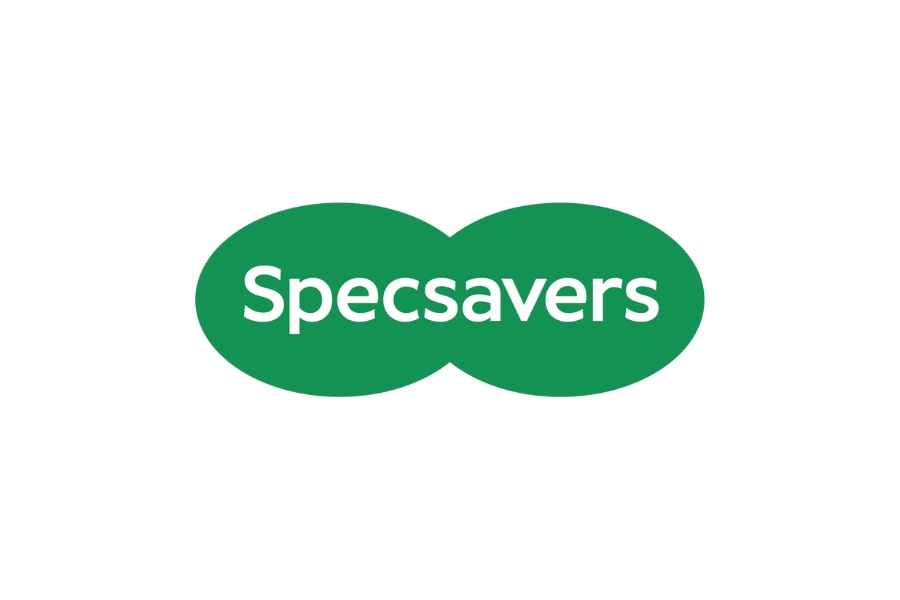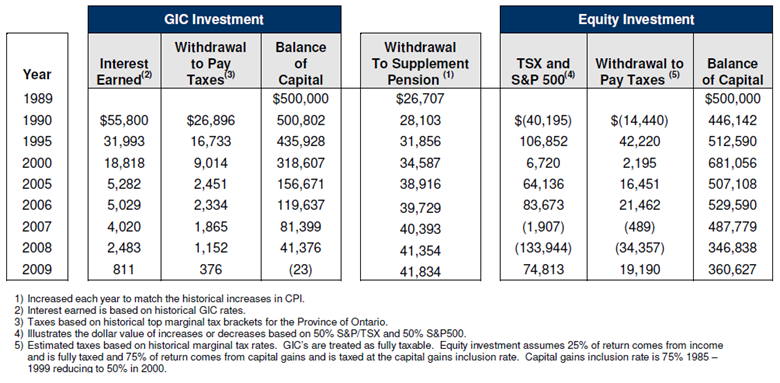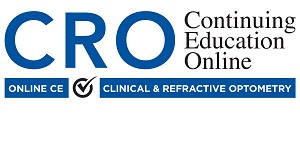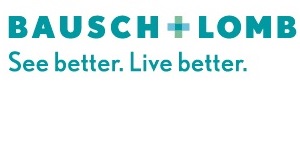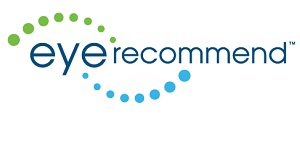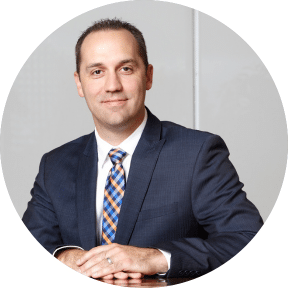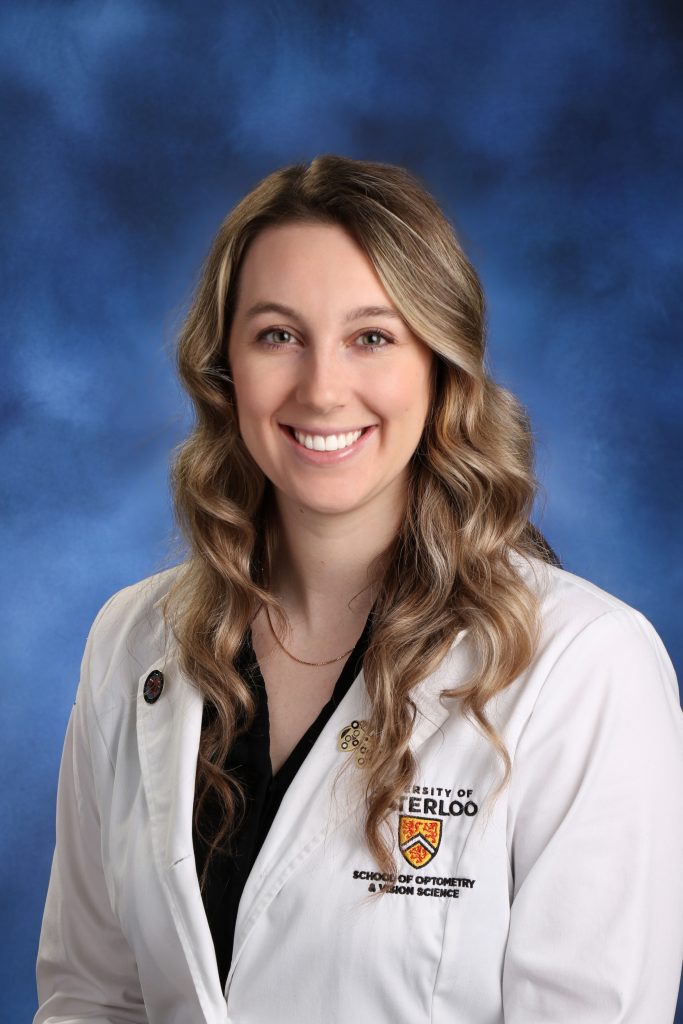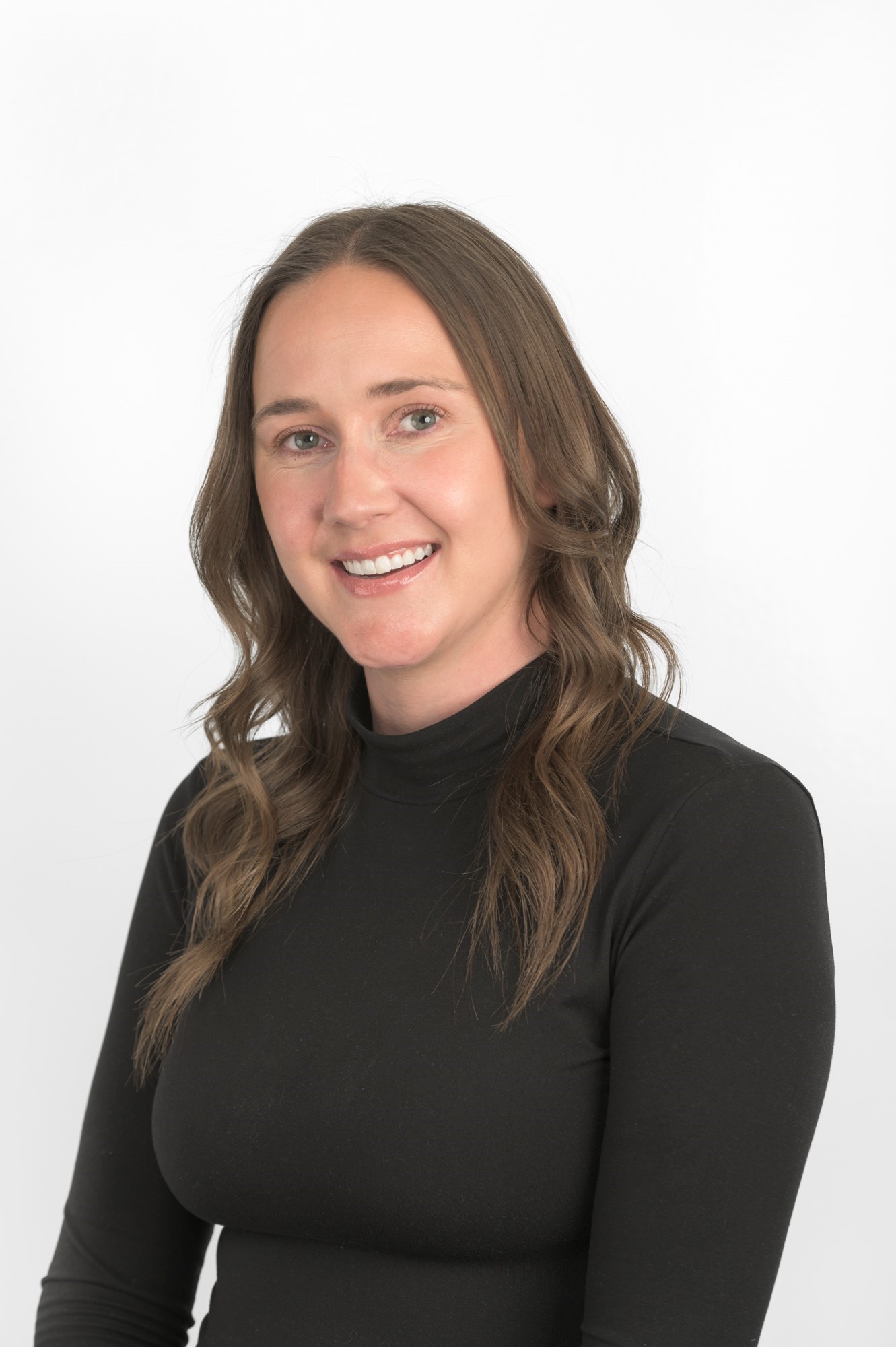
In today’s eye care landscape, the optometry sector is undergoing a dynamic shift toward independent practice. This movement is driven by a desire for greater professional autonomy, personalized patient care, and the freedom to innovate beyond corporate constraints. This shift is evident in the rise of boutique optometry practices offering tailored services and the growing presence of rural optometrists delivering crucial care in underserved areas. Amid this transformation, the OSI Group has launched Vision Entrepreneur, a trailblazing program designed to empower optometrists to build and sustain their own practices. This initiative offers a multifaceted approach to professional development, blending hands-on experience, personalized guidance, and a robust support network.
Jumpstart Your Career: Hands-On Internships
One of the standout features of the Vision Entrepreneur program is its extensive internship placement service. With connections to over 850 independent clinics, the program offers budding optometrists invaluable onsite experience. These internships provide an immersive look into the daily operations of thriving independent practices, delivering insights that textbooks simply can’t offer.
Moreover, Vision Entrepreneur goes beyond the standard approach, matching you with practices and communities that align with your career goals— whether you’re drawn to the buzz of urban clinics or the unique opportunities in rural settings. By working alongside experienced practitioners, you’ll gain a comprehensive understanding of patient care, clinic management, and the business intricacies that come with running a practice.
Your Personal Guide
Through the Professional Maze
Starting your journey in optometry can be daunting. There are regulations to navigate, finances to manage, and patients to attract. Vision Entrepreneur understands these challenges and provides personalized guidance calibrated to your career ambitions. Whether your goal is to join an established clinic as an associate, launch a new practice, or invest in an existing one, our seasoned Practice Advisors offer strategic advice and support. Their wealth of experience helps you sidestep common pitfalls and make savvy decisions about your professional path.
From Dreams to Reality:
Custom Coaching for Entrepreneurs
Ready to take the plunge and start your own practice? Vision Entrepreneur offers a coaching program designed to turn your dreams into reality. This program covers every critical aspect of establishing a practice, from crafting a rock-solid business plan to creating impactful marketing strategies. You’ll benefit from the expertise of a dedicated coaching team, receiving ongoing support that addresses immediate hurdles and long-term objectives. This tailored approach builds your confidence and skills, preparing you to go toe to toe with the complexities of optometry’s business side.
Connect, Collaborate, and Conquer: Join Our Community
Beyond its practical offerings, Vision Entrepreneur fosters a vibrant community of passionate vision care professionals. This network of emerging optometrists is a platform for collaboration, idea sharing, and mutual support. Connections are essential for those just starting out, and Vision Entrepreneur knows this well. While the program provides a wealth of resources and expert advice, it’s the community at its core that drives its success. By nurturing a sense of belonging and shared purpose, Vision Entrepreneur helps you forge relationships and opportunities that last a lifetime.
Shaping the Future of Independent Optometry
In an era where independent optometry practices are becoming increasingly vital to the healthcare landscape, Vision Entrepreneur shines as a beacon of support and innovation. By combining practical experience, expert guidance, and a strong community network, the program empowers aspiring optometrists to achieve their full potential and build thriving independent practices.
Ready to embark on your entrepreneurial journey? Vision Entrepreneur by OSI Group provides the tools, knowledge, and support you need to succeed. Contact Vision Entrepreneur today at entrepreneur@opto.com to unlock your independence and kickstart a successful optometry practice!













